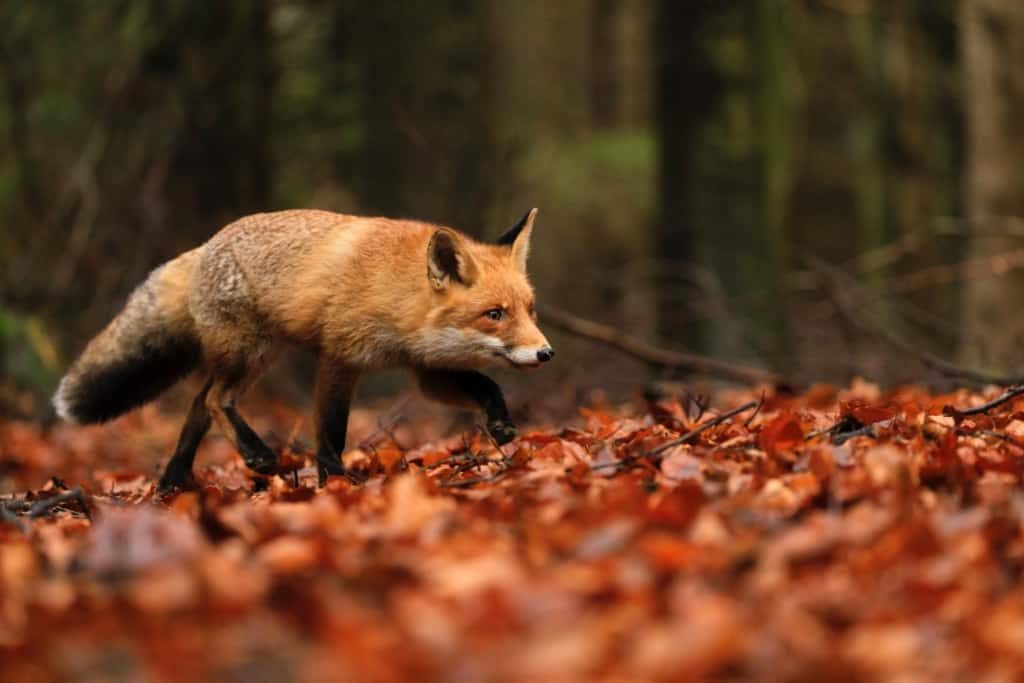
Mountain School @ Home: Lesson 4 – Walking with Wonder
 Students! Parents! Teachers! During this time of school closures and stay-at-home guidelines, North Cascades Institute is sharing lessons and activities from our talented Mountain School instructors. We hope these will inspire students of all ages to continue to learn about the natural world and discover new connections to the outdoors from home. This lesson was created by Mountain School instructors Emily Schauble and Bridget Stuart. Find more lessons and activities on our blog or website.
Students! Parents! Teachers! During this time of school closures and stay-at-home guidelines, North Cascades Institute is sharing lessons and activities from our talented Mountain School instructors. We hope these will inspire students of all ages to continue to learn about the natural world and discover new connections to the outdoors from home. This lesson was created by Mountain School instructors Emily Schauble and Bridget Stuart. Find more lessons and activities on our blog or website.
Walking with Wonder
Soaking in sunshine or trotting in the rain can bring immense amounts of joy that are long lasting. By directing your energy and attention on your walks you can add a little extra oomph and make each walk unique—even if it’s the same path each time! Here are some adaptations:
Meet a Tree
Do you think you’d be able to identify a tree that you’ve only met while blindfolded? During this activity, pick a central starting location where your partner will blindfold you. You will then be led to a tree and must use your senses to get to know the tree. Think: what are the shapes and textures of this tree that make it unique? Once you feel that you could identify your tree without a blindfold, your partner will guide you back to the starting location. From there, take off your blindfold and go find your tree! Your partner will let you know if you are correct or give you helpful hints if you need them. Then, swap roles!
some questions to Ponder:
- Was finding your tree easy or difficult? Why?
- What senses were most helpful?
- How could you get to know your tree better?
- Is your tree old or young? What might it have experienced during its lifetime? What historical events might it have been alive for?
If you are feeling inspired you can attempt to identify your tree with a field guide or computer once you are back indoors! Visit this link to identify your tree if you are located in the Pacific Northwest.

Animal Walks
Choose an animal to embody during your walk. Visualize yourself as this animal as you walk, crawl, or climb. You can use this time to move through space as your animal might or think about how your animal would survive in this space.
some questions to ponder:
- Would your animal live in this habitat? What about this space could make it ideal for your animal to live here? What might make it difficult for your animal to live in this space?
- What are three adaptations (characteristics that help an animal’s survival) you could give your animal to better survive in this space? (Think of basic needs: food, water, shelter, space)
- What sort of food might your animal be able to find here?
Feel free to add more of your own questions to enhance your hike. You could even dress up like this animal if you are excited to get more into character!

Rainbow Walks
Think about a rainbow and all of the colors within it. ROYGBIV: Red, Orange, Yellow, Green, Blue, Indigo, Violet. Use your walk as a mission to find as many objects of each color as you can. You can look for objects for each different color one at a time or look for all at once. Try to find as many items with these colors as possible.
some questions to ponder:
- What role does color play for plants and animals in nature?
- Can you find an object that holds more than one color? More than one shade of the same color?
- Can you find something that is camouflaged in its surroundings?
If you do not have access to going on a walk, you can try this same activity while looking out your window or by looking for both natural items and human-made items outdoors or in your home.
Thank you for helping us offer these at-home lessons for transformative learning experiences in nature by making a gift at www.ncascades.org/give.

